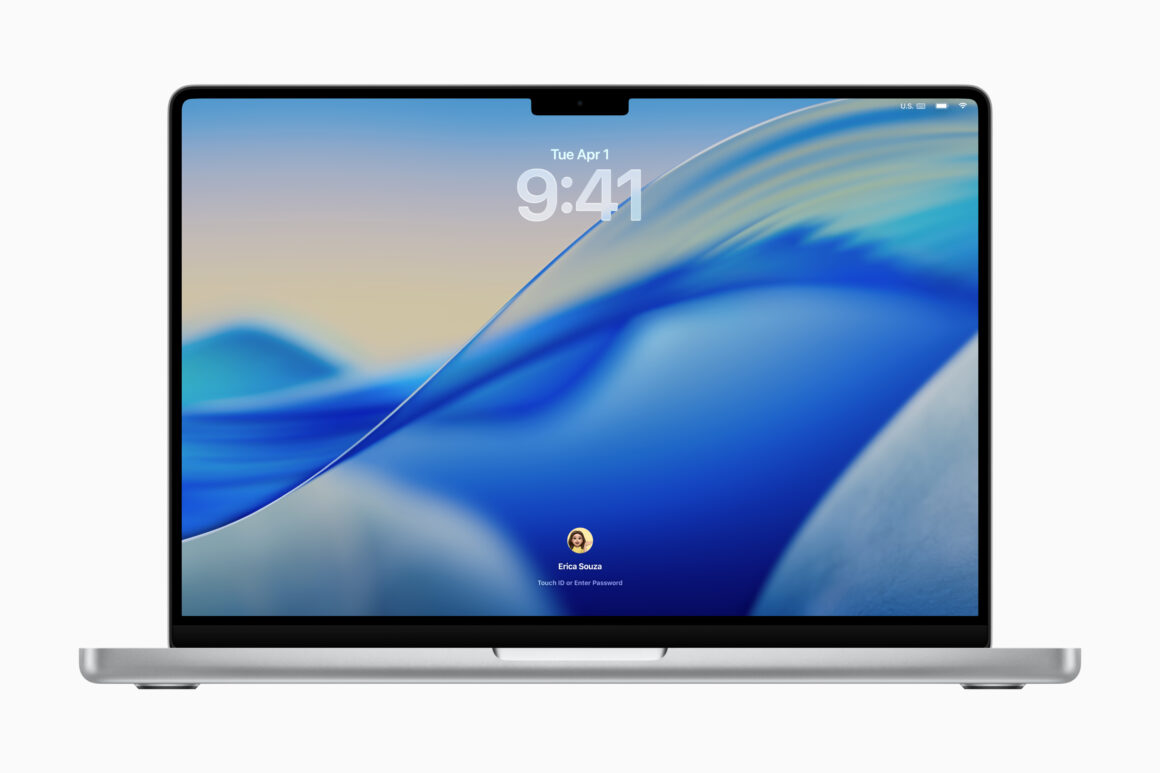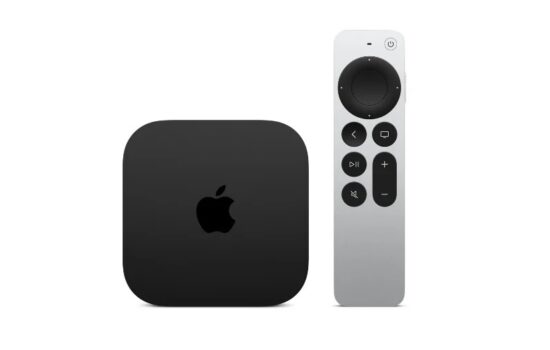Faxing might sound old-school, but for many businesses and professionals, sending documents this way is still essential—especially when a digital signature just won’t cut it. Mac users, though, have noticed something: faxing directly from a Mac isn’t as simple as it used to be, mainly due to recent changes from Apple. The good news is that anyone can send and receive faxes online from their Mac without buying any extra hardware.
It’s pretty interesting when you realize just how handy these online fax services have become—no fax machine noise, no waiting in line at print shops, no fiddling with cables. Just upload your document, type in a number, and off it goes. Some, like Municorn Fax, even let you manage everything from the comfort of your desk (or couch, honestly).
But what makes online faxing really worth a look for Mac folks? For one, it actually fits in with the digital tools most people use every day. Plus, it’s a lifesaver for anyone who relies on tight security and instant access. So, if faxing is still on your to-do list, maybe it’s time to try the modern way.
How to Fax on Mac Online
Faxing from a Mac today is smoother than ever, thanks to online fax services and modern fax apps. Mac users can quickly send and receive faxes without a dedicated fax machine, making digital communication more practical for work and personal needs.
Step-by-Step Guide to Sending a Fax from a Mac
Sending a fax from a Mac is less complex than it sounds. Most online fax services work right in the browser or through a dedicated fax application. The user just needs a digital version of the document—like a PDF or even a clear photo.
First, they log in to their chosen online fax platform, such as Municorn Fax or another trusted provider. Uploading the document is as easy as attaching a file to an email. Next comes entering the recipient’s fax number—no phone line required. Most platforms let users write a cover page and check details before hitting send.
After clicking the send button, the service takes care of the rest. An online fax service often emails a confirmation or status update about the fax. This whole process is done right from the Mac, with no paper jams or busy signals in sight.
Choosing an Online Fax Service for Mac
Picking the right online fax service matters. There are popular options made for Mac users—Municorn Fax, eFax, HelloFax, and others—but features can vary.
A few important points:
- File Support: Does it work with common files like PDF, DOC, and JPG?
- Monthly Limits: Are there caps on how many faxes users can send or receive?
- Security: Is the service encrypted for privacy?
Don’t forget about integration with other productivity apps or cloud tools like Google Drive or Dropbox. Some services even offer a fax app just for macOS, blending right into day-to-day workflows and saving time with built-in templates and quick contacts.
It can also help to read user reviews or try a demo. Who wants to commit to a year-long service that’s full of glitches? For those who fax documents regularly, reliability and cost are worth a close look.
Sending and Receiving Faxes with macOS
Working from a Mac means users want tools that match the operating system’s usual ease of use. Today’s online faxing services often come with apps for macOS, allowing quick access from the dock or menu bar without opening a browser.
Receiving faxes is also straightforward. The online fax service usually assigns a digital fax number. When someone faxes to this number, the service converts it into a PDF or digital image. Mac users get a notification by email, or the document shows up in the app (sometimes both).
Everything stays organized: inboxes, sent logs, and even draft faxes remain easy to find. Many apps let users annotate or sign documents digitally. Mac faxing fits right in with teamwork—docs can be forwarded, printed, or saved straight to a folder or cloud drive.
And for those managing a lot of fax communication, features like group contacts or auto-archiving cut down repetitive work. This all helps Mac users stay on top of their documents and keep the faxing workflow clean, streamlined, and maybe even a bit satisfying.
Comparing Online Fax Solutions for Mac Users
Online faxing gives Mac users flexibility, whether they’re sitting at their desk or emailing a document from a coffee shop. Picking the right fax service or app depends on factors like cost, number of faxes allowed, ease of setup, and what features really matter—things like HIPAA-compliance, free numbers, or simple design.
Best Free Online Fax Services for Mac
Free online fax services can be a lifesaver for those who only send an occasional fax. For many, FaxZero stands out because it lets users send a limited number of faxes for free each day—no credit card, no fuss, just basic details and uploading a PDF or doc.
Some services allow a few free pages monthly but often show ads on the cover page or limit attachments. Free tiers rarely come with a dedicated or toll-free fax number. That’s a trade-off, of course, but if someone only needs to send a quick one-off, it’s usually fine.
Below is a quick comparison of a few popular free tools for Mac:
| Service | Free Pages | Fax Number Included? | Ad-free? |
|---|---|---|---|
| FaxZero | 5/day | No | No |
| GotFreeFax | 2/day | No | Yes |
| HelloFax | 5 total | No | Yes |
There’s no “one-size” answer here—everyfax need is a bit different. Free tools work well for casual users but come with basic limitations.
Best App Store Apps That Work on Mac
The Mac App Store offers handy fax apps, so users can find something that fits their workflow. Apps like FAX From iPhone, FAX.PLUS, iFax, and MyFax have Mac-compatible desktop versions or support macOS through a web interface. Each app lets users attach files, manage contacts, and preview faxes before sending.
What stands out? Most of these apps integrate cloud storage like Dropbox or Google Drive, making it easy to pull files right into a fax. The setup is usually quick—no hunting down old-school modems or fighting with printer drivers.
Some of these apps offer limited free trials, but most require a subscription to send or receive more than a handful of pages each month. Still, the peace of mind (and clean desktop design) is a big perk.
Popular Paid Fax Services: eFax, RingCentral, FaxZero
When reliability and more advanced features are non-negotiable, paid fax services enter the chat. eFax and RingCentral are probably the most recognized names, giving users a dedicated fax number—sometimes even a toll-free fax number—for sending and receiving faxes right from any browser or the Mac itself.
eFax is known for being HIPAA-compliant, which is critical for anyone in healthcare or legal industries. It includes electronic signature tools and cloud integration. RingCentral adds team features and better admin controls, great for businesses juggling a lot of paperwork.
FaxZero, on the other hand, offers a paid tier to skip ads and boost page limits. Here’s a quick contrast:
- eFax: HIPAA-compliant, electronic signing, cloud storage, dedicated/free toll-free fax number
- RingCentral: Integrated with team communication, excellent admin controls, secure, reliable
- FaxZero Paid: Removes ads, increases pages/fax, but no phone support
For business users—especially those who fax a lot or handle sensitive info—these paid options check nearly every box.
User-Friendly Interface and Ease of Use
A confusing interface can turn a simple fax into a thirty-minute headache. So, ease of use really matters for busy Mac users.
The friendliest fax tools have drag-and-drop file upload, autofill contact fields, and a clear “preview before sending” window. Services like FAX.PLUS, eFax, and Municorn Fax are praised for clean, modern layouts and fast onboarding. That means new users can often start faxing in minutes—not hours.
User reviews highlight how some tools feel more “Mac-like” with smooth, intuitive menus and minimal tech jargon. Look for help menus, live chat, and built-in templates if support is a must. Anyone who’s struggled with confusing software knows—sometimes simple, well-designed buttons make all the difference.






